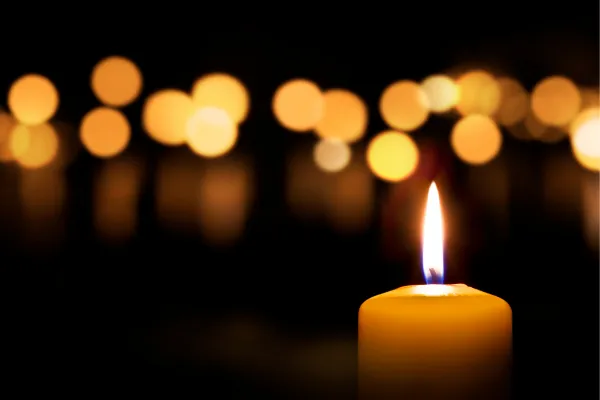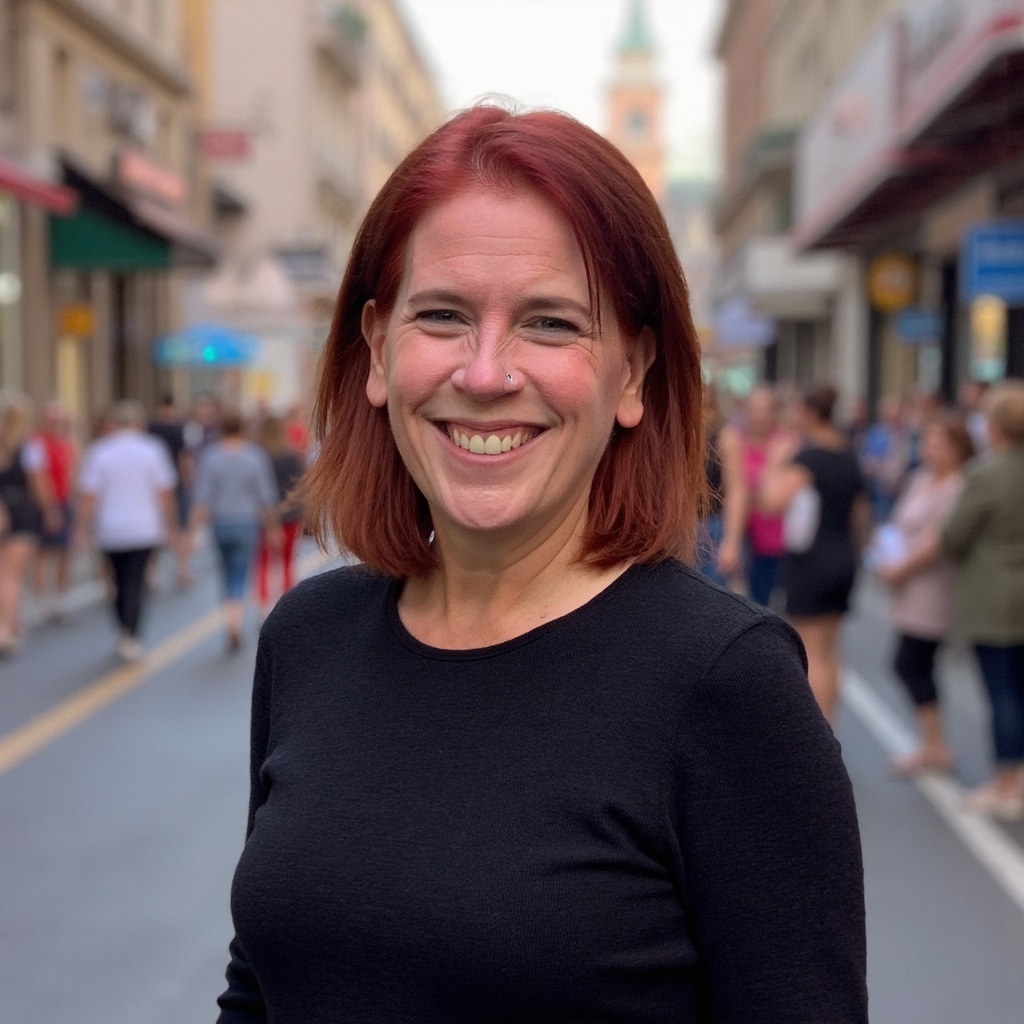
When Silence Hurts: Turning Abandonment into Agency
Last week, I wrote about the moment my deepest ideals collided—the faith and patriotism that once gave me direction suddenly pulling me apart. That experience cracked something open in me. And in the quiet that followed, I began to see another fracture taking shape—this time, in my closest relationships.
When I reached out to my family in the middle of all that turmoil, I thought I was asking for comfort. But what I was really asking for was permission: permission not to face my pain alone. What happened next revealed how much I was still trying to outsource my peace—and how learning to meet my own needs became the most unexpected form of grace.
I sent a message to my parents, my brother, and my sister. Only my sister replied. Her words were brief but kind—she didn’t necessarily understand my reaction, but she didn’t minimize it either. That small thread of acknowledgment meant more than she could know.
The others were silent.
No response the first night.
No response after the next wave of violence.
No response after the President’s remarks about turning cities into military training grounds.
Their silence landed like another blow. It stirred an old ache—the kind that whispers, You’re on your own.
At first, I turned that pain outward, looking for evidence to justify it. I caught myself building a case—scrolling through news feeds, saving articles, rehearsing arguments. I wanted to prove that my fear made sense. I wanted to inspire them to care, to act, to see me.
But in one quiet moment, I saw what I was really doing: I was trying to control their experience of me. I wasn’t just searching for understanding; I was trying to outsource my comfort.
That realization hit hard. Because if I could only find peace when someone else validated me, then peace would always be out of reach.
So I turned the question inward: What do I actually need right now—and how can I give it to myself?
At first, the answer was simple: I needed acknowledgment, validation, compassion. And then I saw it—I could give myself those things. I could name my own pain. I could say to myself what I wished they had said: This is hard. You’re not wrong for feeling it. You’re not alone.
That shift felt like both surrender and strength. I was no longer waiting to be rescued from my emotions; I was learning how to hold them.
The next realization came quietly but firmly: I don’t have to justify my boundaries.
I can love my family and still decide that they’re not the ones I turn to when I’m wobbly. They have their own fears, values, and coping strategies. Their silence wasn’t an attack—it was their attempt to feel safe.
From that perspective, compassion replaced judgment.
Boundaries replaced blame.
Peace replaced panic.
And I began to understand that resilience isn’t about never breaking down—it’s about learning where my power truly lives.
It’s in my ability to meet my own needs with tenderness and truth.
It’s in the grace to see others as doing the best they can.
It’s in the quiet authority of knowing I can stay connected, even when connection looks different than I hoped.
That experience changed how I understand connection.
It taught me that love doesn’t disappear when people can’t meet us where we are — it deepens when we learn to meet ourselves there first.
Now, when I feel that ache for acknowledgment, I pause. I place my hand on my heart and remind myself: I can offer what I’m seeking.
That simple act turns pain into presence — and presence into power.
Grace doesn’t ask us to deny our needs. It invites us to meet them with tenderness and truth.
Download the Energy Alignment Map™ to explore how these same movements — Know, Love, Accept, Grace — can guide you back to your own center when connection feels uncertain.
In next week’s Postcard from the Road, I’ll share the lingering questions that came after this experience — and what I discovered about why letting go isn’t giving up.
